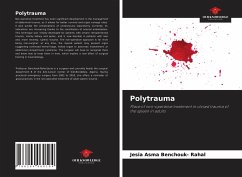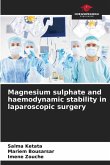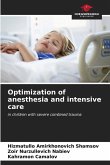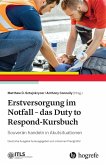Non-operative treatment has seen significant development in the management of abdominal trauma, as it allows for better survival and organ salvage rates. It also avoids the complications of unnecessary laparotomy. Currently, its indications are increasing thanks to the contribution of arterial embolization. This technique was initially developed for patients with severe retroperitoneal trauma, mainly kidney and pelvis, and is now feasible in patients with liver and, more recently, splenic trauma. The non-operative approach is far from being non-surgical: at any time, the injured patient may present signs suggesting continued hemorrhage, hollow organ or pancreas involvement, or abdominal compartment syndrome. The surgeon will have to recognize them and know how to treat them in time, which implies a real effort of surgical training in traumatology.
Bitte wählen Sie Ihr Anliegen aus.
Rechnungen
Retourenschein anfordern
Bestellstatus
Storno








